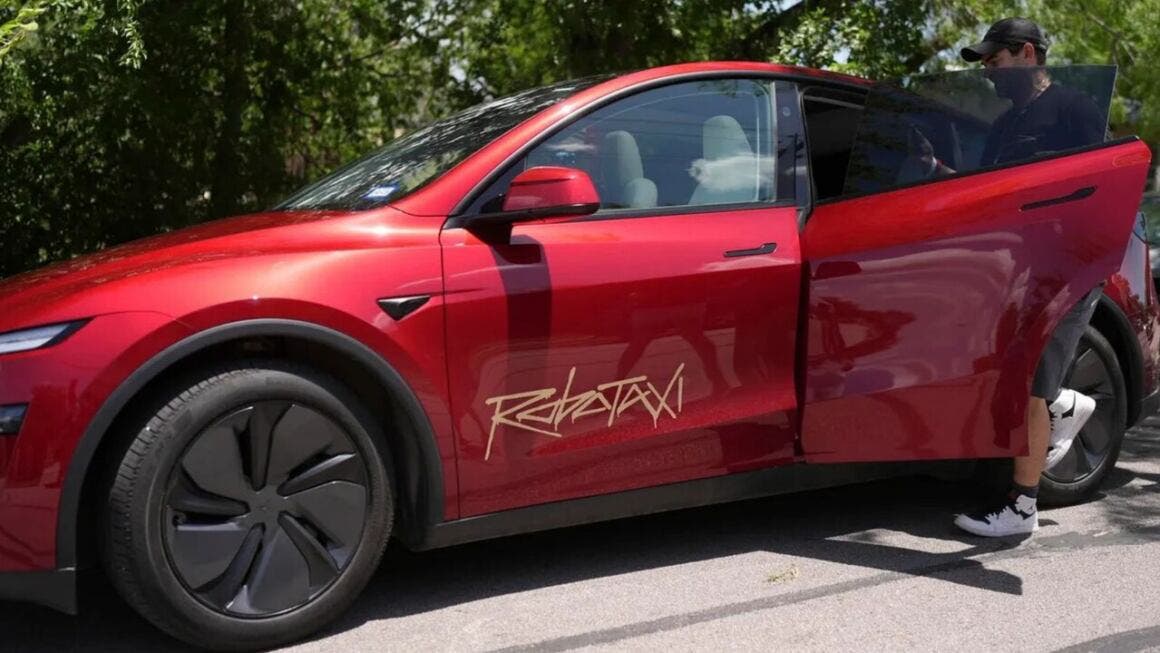The race for robotaxi supremacy is less a high-speed sprint and more a technological drag race with different engineering philosophies. On one side, we have Waymo (the Google subsidiary). It has quietly seized the lead in driverless autonomous driving and is now accelerating its US domination.
Currently shuttling over 250,000 paying passengers weekly, Waymo is planning launches in Las Vegas, San Diego, and Detroit next year. And it will add its existing operations in San Francisco, Los Angeles, Phoenix, Atlanta, and Austin. International expansion to London and Tokyo is already on the company’s roadmap.

On the other side stands Tesla’s CEO, Elon Musk, who promises to snatch the crown with characteristic arrogance. Musk insists that newly produced Tesla vehicles possess all the hardware necessary for full autonomy, relying solely on cameras to perceive the world. This approach is undeniably cheaper, which provides a massive cost advantage.
Customers are willing to trust a self-driving system that deliberately foregoes the additional security blanket provided by more expensive laser radar systems favored by competitors like Waymo and Amazon’s Zoox. Apparently, the price of confidence is a few extra sensors.

The glaring chasm between the two companies, however, is regulatory reality. Waymo is actively transporting fare-paying customers without a human in the driver’s seat across multiple cities. Tesla, meanwhile, is attempting a “modest” launch of its robotaxi service in eight to ten US cities by the end of the year. The target has already scaled back from its previous impossible goal.
Currently, Tesla’s sole robotaxi operation in Austin, Texas, is operating under a strict technicality. A human Tesla supervisor must occupy the passenger seat for safety reasons. In tech hotbeds like Silicon Valley, regulations are even more restrictive, requiring a safety driver behind the steering wheel.
Musk has optimistically vowed to partially remove the need for that passenger-seat chaperone in Austin by the end of the year. But the optics are devastating: one company is already operating a sophisticated, driverless ride service. The other is still essentially testing a very expensive automated chauffeur service that legally requires an adult supervisor.
Waymo is betting on safety via redundancy, while Tesla is betting on cost-cutting and the magical, regulatory-defying power of Musk’s ambition. It remains to be seen whether Tesla’s cheaper camera-only approach will ever truly win.
